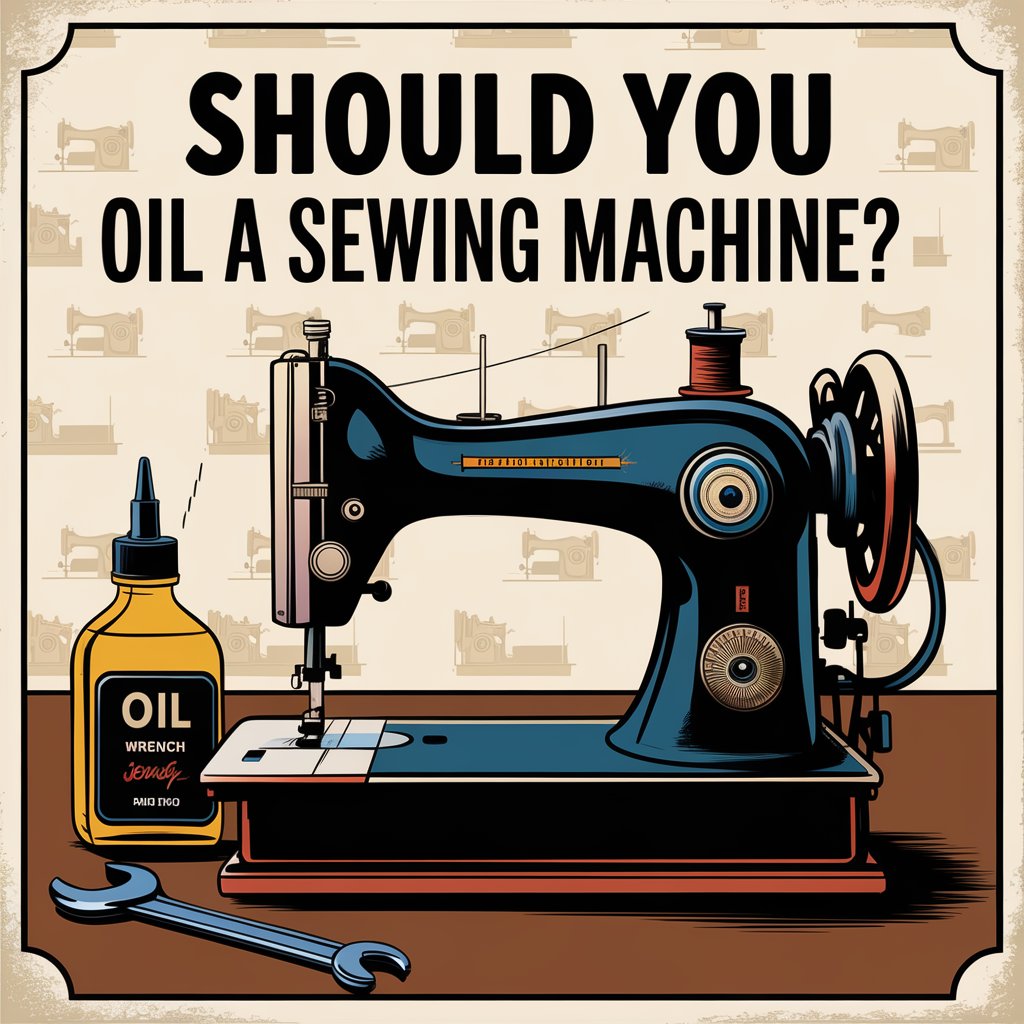
Introduction
If you’ve ever wondered, “Should I oil my sewing machine?” you’re not alone. This is one of the most frequently asked questions among sewists, both beginners and experts alike. Oiling is a crucial part of maintaining your machine, but how important is it really? In this article, we’ll dive into the role of oil in sewing machine maintenance, explore when and how to oil your machine, and address some common misconceptions. So, let’s unravel the mystery behind oiling your sewing machine and help you keep it running smoothly!
Understanding the Role of Oil in a Sewing Machine
How Sewing Machine Oil Works
Think of oil as the lifeblood of your sewing machine. Just like a car engine, your sewing machine has moving parts that create friction. This friction can wear down the internal components over time, leading to sluggish performance and potential damage. Sewing machine oil helps reduce this friction, allowing the machine to run smoothly and efficiently. It also acts as a protective layer, preventing rust and corrosion on the metal parts inside.
Different Types of Sewing Machine Oils
Not all oils are created equal, and using the wrong type of oil can do more harm than good. Most sewing machines require a specific type of oil, usually a clear, light, and synthetic lubricant. This oil is specially designed for the delicate mechanics of sewing machines. Avoid using alternatives like cooking oil, motor oil, or even WD-40, as these can gum up the machine and lead to long-term issues.
Benefits of Oiling Your Sewing Machine
Enhances Performance and Smooth Operation
Have you ever noticed your sewing machine slowing down, or even worse, skipping stitches? Lack of oil could be the culprit. Regular oiling keeps the machine’s parts gliding smoothly, reducing resistance and allowing for consistent stitching. It’s like giving your machine a tune-up every time you oil it, ensuring that it operates at its best.
Prolongs the Life of the Machine
A well-oiled machine is a long-lasting machine. By regularly oiling your sewing machine, you’re minimizing wear and tear on its components. This can significantly extend the machine’s lifespan, saving you money in the long run. Instead of facing costly repairs or having to replace the machine prematurely, proper oil maintenance keeps it in peak condition for years.
Reduces Noise and Friction
Is your sewing machine making more noise than usual? That’s often a sign of friction between the parts. A little oil can go a long way in reducing that noise by lubricating the moving components. The smoother the operation, the quieter your sewing experience will be. Plus, less friction means less heat, which can prevent further damage to your machine’s internal workings.
How Often Should You Oil a Sewing Machine?

Factors That Influence Oiling Frequency
How often you should oil your sewing machine depends on several factors, including the type of machine you have, how often you use it, and the kinds of projects you’re working on. For example, if you’re sewing daily or working with thick fabrics, you may need to oil your machine more frequently than someone who only sews occasionally. Another consideration is the environment—if your sewing space is particularly dusty or humid, regular oiling becomes even more essential.
Guidelines for Regular Maintenance
As a general rule of thumb, it’s a good idea to oil your sewing machine after every 8-10 hours of sewing. However, always refer to your machine’s manual for specific recommendations, as different models have different needs. If you’re unsure, err on the side of caution and oil the machine more frequently rather than less. Remember, it’s easier to prevent problems than fix them later!
How to Properly Oil a Sewing Machine
Step-by-Step Guide to Oiling
Oiling your sewing machine might seem intimidating, but it’s a straightforward process once you know the steps. Here’s a quick guide:
- Turn off and unplug the machine. Safety first!
- Remove the needle and presser foot. This makes it easier to access the parts you need to oil.
- Open the machine according to your manual. You’ll usually need to access the bobbin area and other moving parts.
- Clean the machine. Use a small brush or a soft cloth to remove lint and dust.
- Apply a drop of oil to the designated areas. Less is more here—only a drop or two is needed for each spot.
- Run the machine without thread. This helps distribute the oil evenly.
- Wipe away excess oil. You don’t want any oil getting on your fabric when you sew.
Important Areas to Focus On
When oiling your sewing machine, it’s crucial to focus on the right spots. The bobbin area, shuttle hook, and needle bar are common areas that require oil. Again, consult your machine’s manual to ensure you’re oiling the correct components.
Tools and Supplies You’ll Need
To properly oil your sewing machine, you’ll need a few supplies: sewing machine oil (as recommended by the manufacturer), a small brush for cleaning, and a lint-free cloth. Having these tools on hand makes the process quick and hassle-free.
When Not to Oil a Sewing Machine

Machines with Self-Lubricating Systems
Some modern sewing machines come with self-lubricating systems, meaning you won’t need to oil them manually. These machines are designed to automatically distribute lubrication to the necessary parts, so adding oil can actually damage them. Always check your machine’s manual before attempting to oil it.
Newer Models That Require Professional Maintenance
In some cases, newer or more complex sewing machines may require professional maintenance. If your machine has advanced electronics or delicate components, it’s best to leave the oiling to the pros during routine servicing. Attempting to oil it yourself could void the warranty or cause unintended damage.
Warnings and Precautions
Never oil a machine without checking the manual first. Over-oiling or using the wrong type of oil can lead to bigger issues down the road. Also, avoid oiling any plastic components, as oil can degrade plastic over time. When in doubt, consult a professional.
Common Mistakes to Avoid When Oiling
Over-Oiling or Under-Oiling
Finding the right balance is key when oiling your sewing machine. Too much oil can attract dust and lint, gumming up the machine. Too little oil, on the other hand, won’t provide the necessary lubrication. Stick to the manufacturer’s guidelines to avoid these pitfalls.
Using the Wrong Type of Oil
Using household oils like cooking oil, motor oil, or WD-40 can severely damage your sewing machine. These oils aren’t designed for the precise mechanics of sewing machines and can lead to clogs, corrosion, or residue buildup. Always use a high-quality sewing machine oil specifically designed for your machine.
Skipping Regular Maintenance
Even if your machine seems to be running smoothly, skipping regular maintenance can lead to problems down the line. Regular oiling, combined with cleaning, helps prevent issues before they start and keeps your machine in top condition.
The Relationship Between Oiling and Machine Longevity

How Oiling Affects Durability
Oiling plays a direct role in your sewing machine’s durability. Machines that are regularly oiled experience less wear and tear, leading to a longer lifespan. Proper lubrication helps the machine run smoothly, reducing the strain on internal parts.
Signs Your Machine Needs Oil
If your machine starts making unusual noises, feels sluggish, or the stitches aren’t as even as they should be, it may be time for some oil. Pay attention to these signs and act quickly to avoid further damage. Regular oiling is a simple way to keep your machine performing at its best.
**Conse
quences of Neglecting Oil Maintenance**
Neglecting to oil your sewing machine can lead to serious issues, including broken parts, frequent repairs, and even complete machine failure. The friction caused by unlubricated parts can create heat, leading to warping or wear. In extreme cases, lack of oil can permanently damage your sewing machine, making it unrepairable.
Conclusion
Oiling your sewing machine is essential for maintaining its performance, longevity, and reliability. Whether you’re a beginner or an experienced sewist, regular oiling should be part of your machine care routine. By following the steps outlined in this guide and avoiding common mistakes, you’ll ensure your machine runs smoothly for years to come. Remember, your sewing machine is an investment—take care of it, and it will take care of you!
For more information on sewing machine care and maintenance, check out the Sewing Machine Shop.
FAQs
1. Can I use regular household oil to lubricate my sewing machine?
No, regular household oils like cooking oil or motor oil can damage your sewing machine. Always use a high-quality sewing machine oil designed specifically for sewing machines.
2. How do I know if my sewing machine needs oiling?
Common signs that your machine needs oiling include unusual noises, sluggish performance, and uneven stitches. Regular maintenance can help prevent these issues.
3. Is it okay to over-oil my sewing machine?
Over-oiling can attract dust and lint, which can clog your machine. It’s best to follow your machine’s manual for the correct amount of oil to use.
4. Do all sewing machines need oiling?
Not all sewing machines require manual oiling. Some newer models have self-lubricating systems, so always check your machine’s manual.
5. Can I oil my sewing machine myself, or should I take it to a professional?
Most sewing machines can be oiled at home following the manufacturer’s guidelines. However, if your machine is particularly advanced or delicate, you may want to consult a professional for routine maintenance.
Visit our Sewing Machine Shop for the best sewing machine deals.
For more insightful articles, visit our Medium page !

